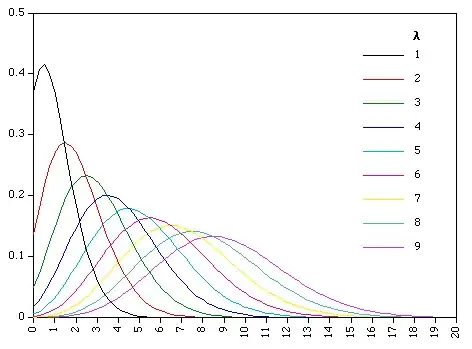I have data of 30 students attendance for a particular subject class for a week. I have quantified the absence and presence with boolean logic 0 and 1. Also, the reason for absence are provided and I tried to generalise these reason into 3 categories say A, B and C. Now I want to use these data to make future predictions for attendance but I am uncertain of what technique to use. Can anyone please provide suggestions?
-
2I don't think a week is long enough to form an accurate picture of student behaviour. Attendance tends to be better in the first and last weeks, and any classes that are flagged in advance as containing material guaranteed to be covered in the exam. I would expect the pattern to be different from week to week. You could probably come up with reasonable predictions for Week 1, based on data from Week 1, and so on. – Jnani Jenny Hale Dec 03 '16 at 09:14
-
I would add that illness, accident, death of a relative, etc absences would probably have a Poisson distribution. – Jnani Jenny Hale Dec 03 '16 at 09:15
2 Answers
I suggest you should use AI Regression Model for future predictions for an attendance of students. Because of this technique or model design for future predictions.
Follow this to get more information about regression type and methodology
- 121
- 1
Because you have a small number of students (30), and a short time (one week), the number of absences is likely to be best modelled as a Poisson distribution.
Poisson Formula
The average number of absences within a given time period is μ (use your data to estimate this).
Then, the Poisson probability of x absences is:
P(x; μ) = (e-μ) (μx) / x!
where e is the logarithmic constant, approximately equal to 2.71828.
You can either:
model absences due to the three reasons as three separate probablilites, P(A), P(B), and P(C), and then combine them, or
model total absences as one figure.
Given your very small data set, the first approach is likely to be less accurate.
- 511
- 2
- 11
